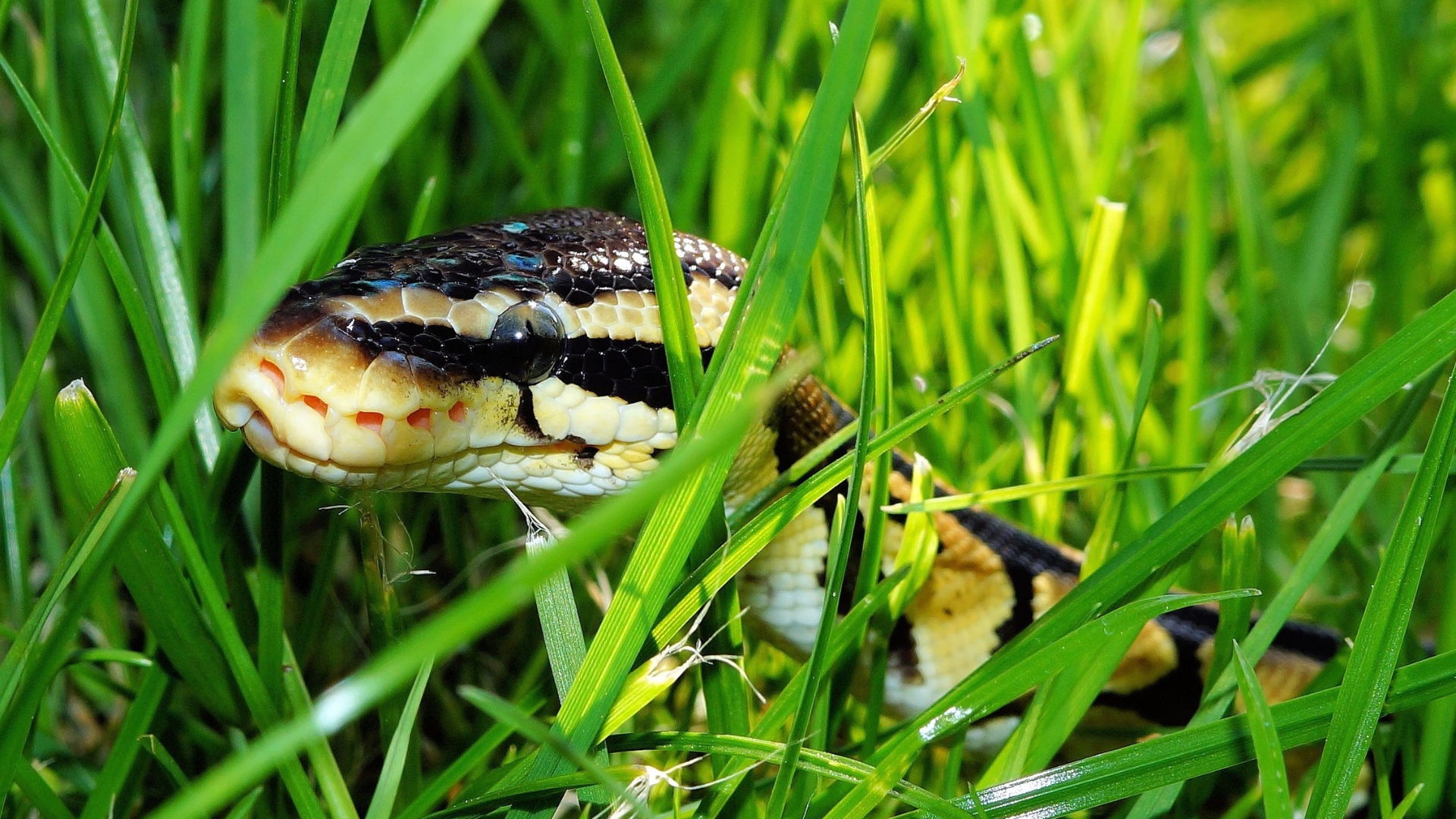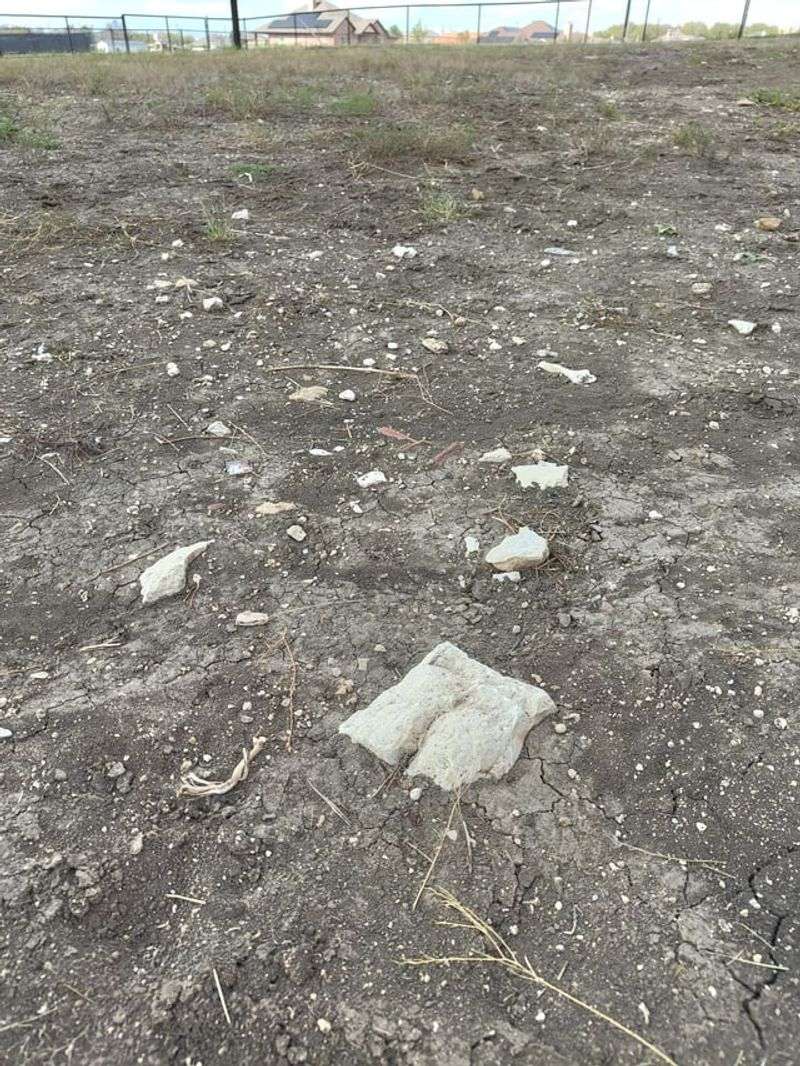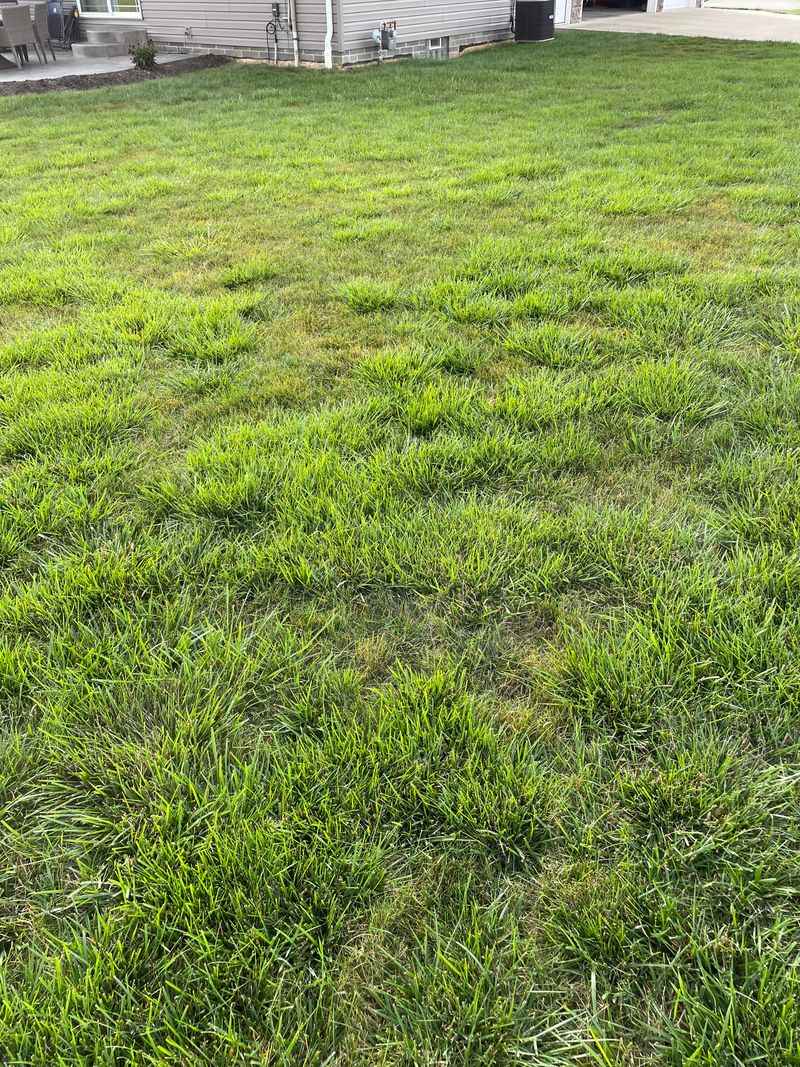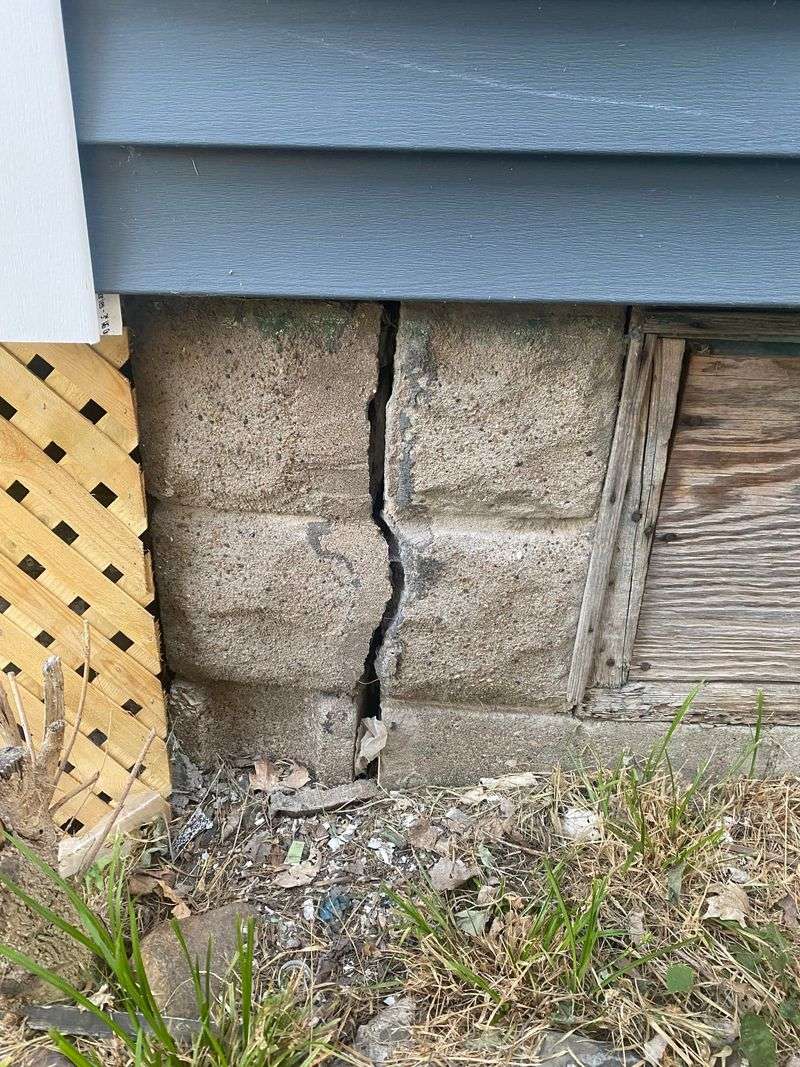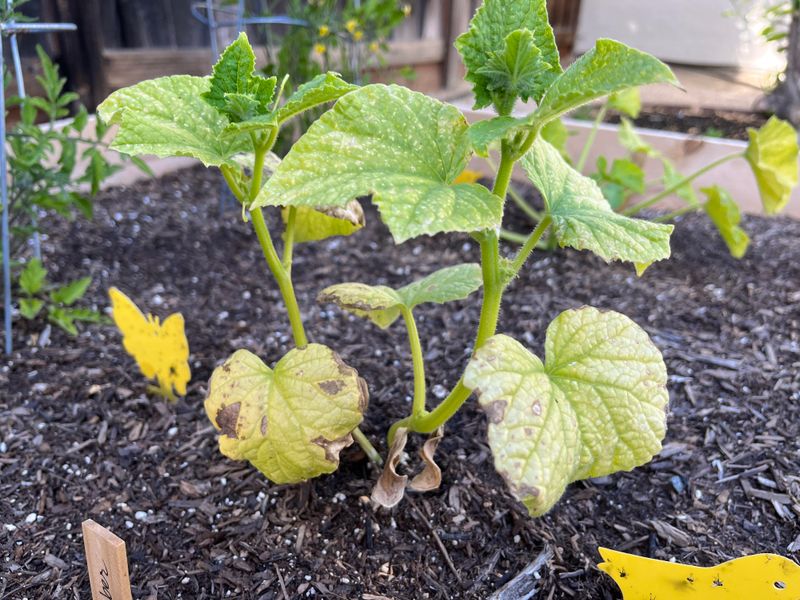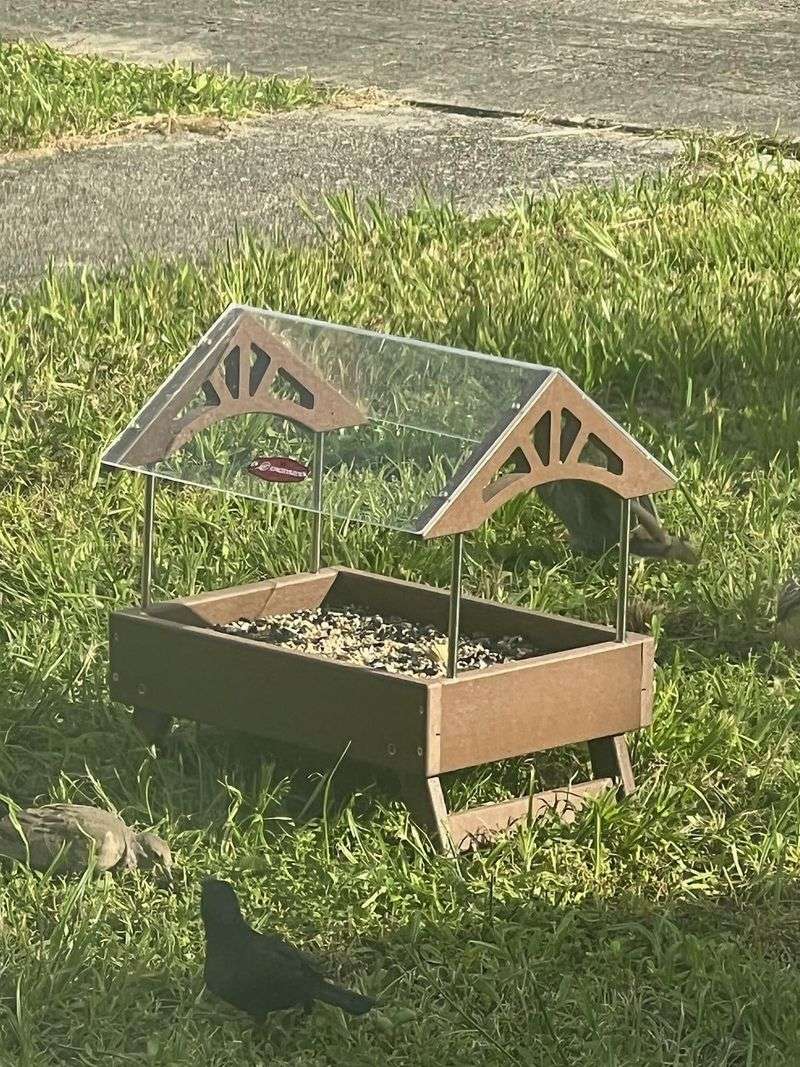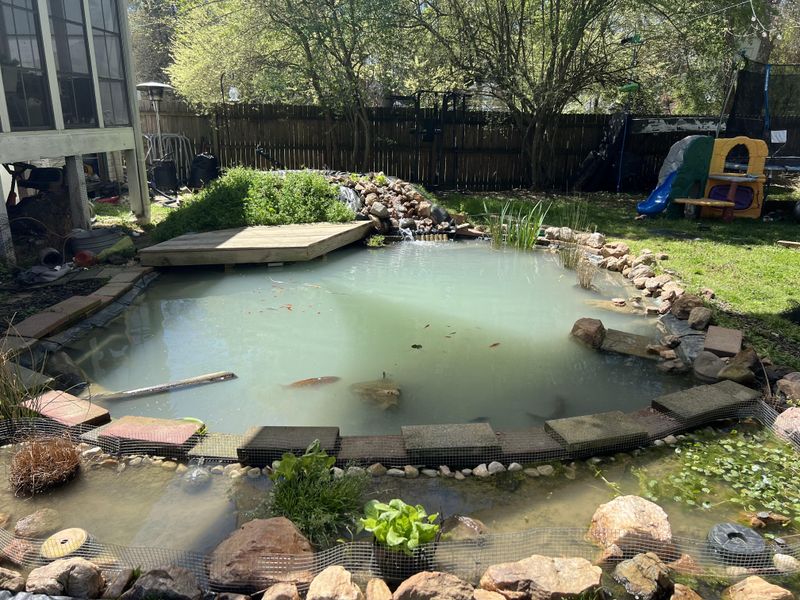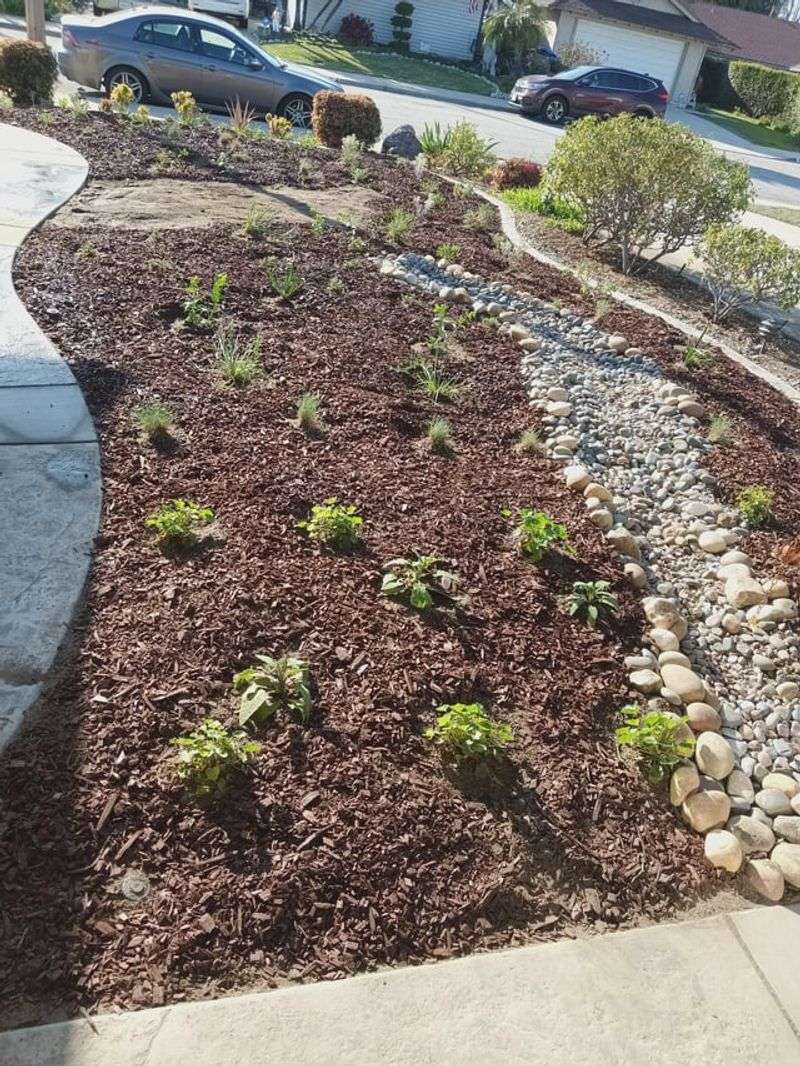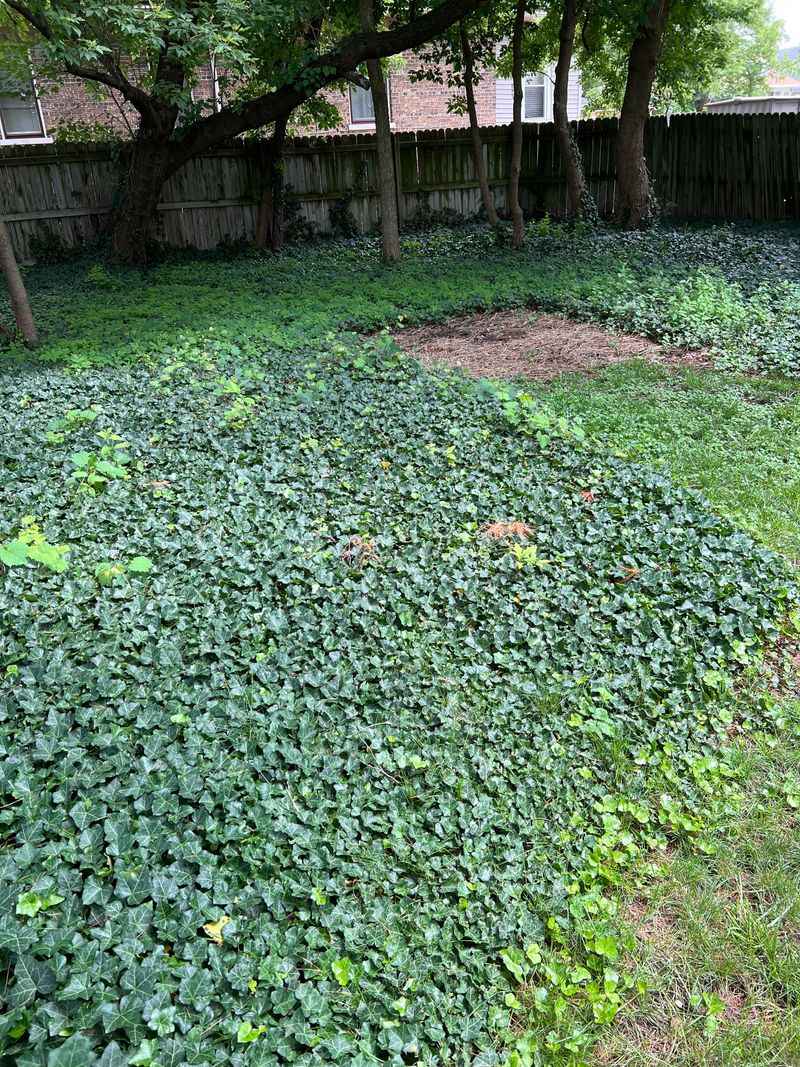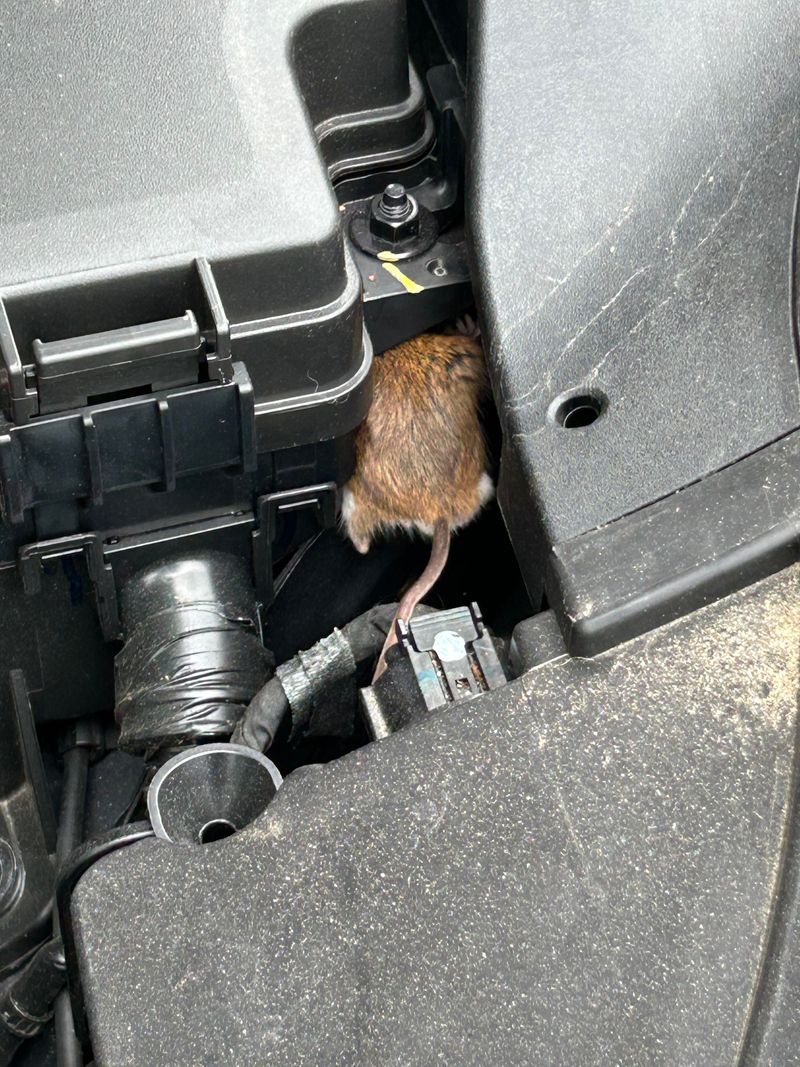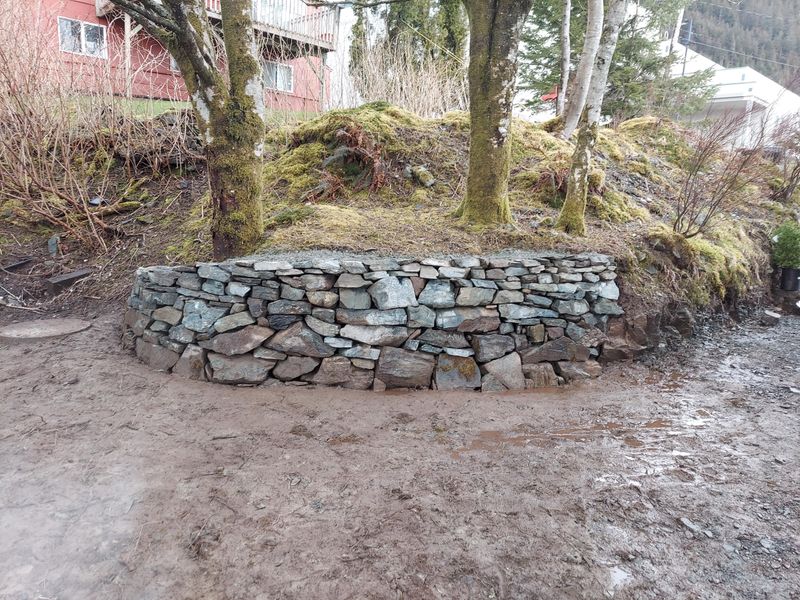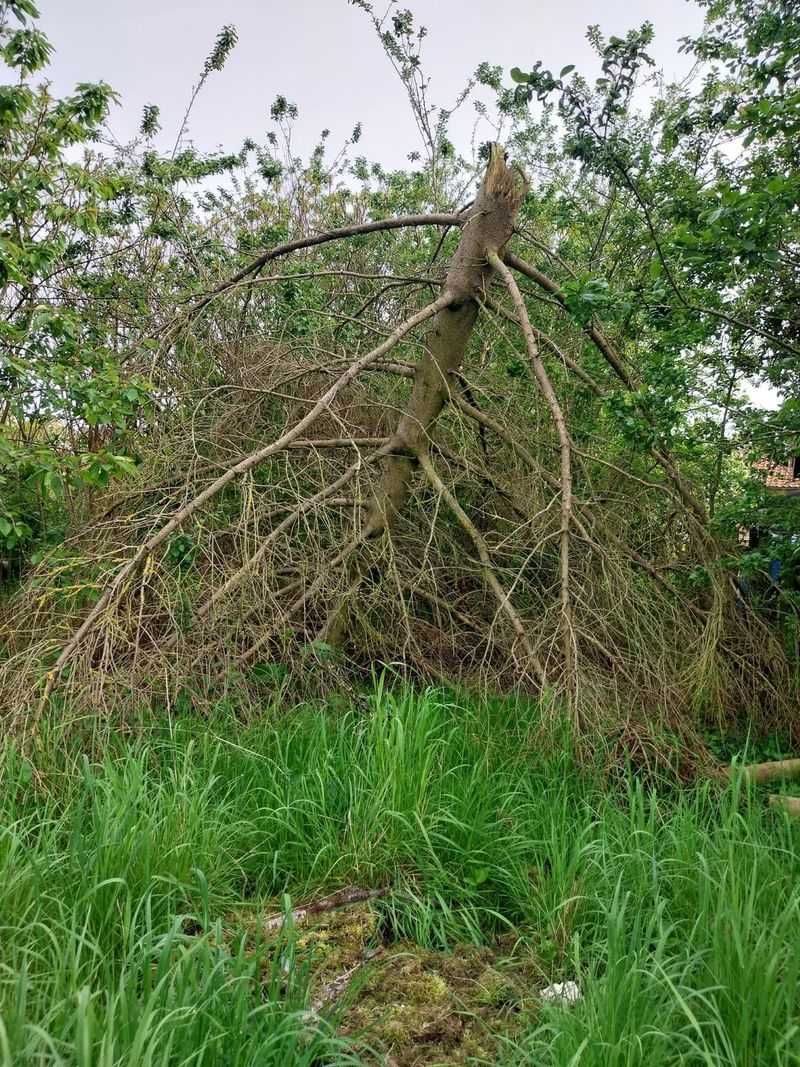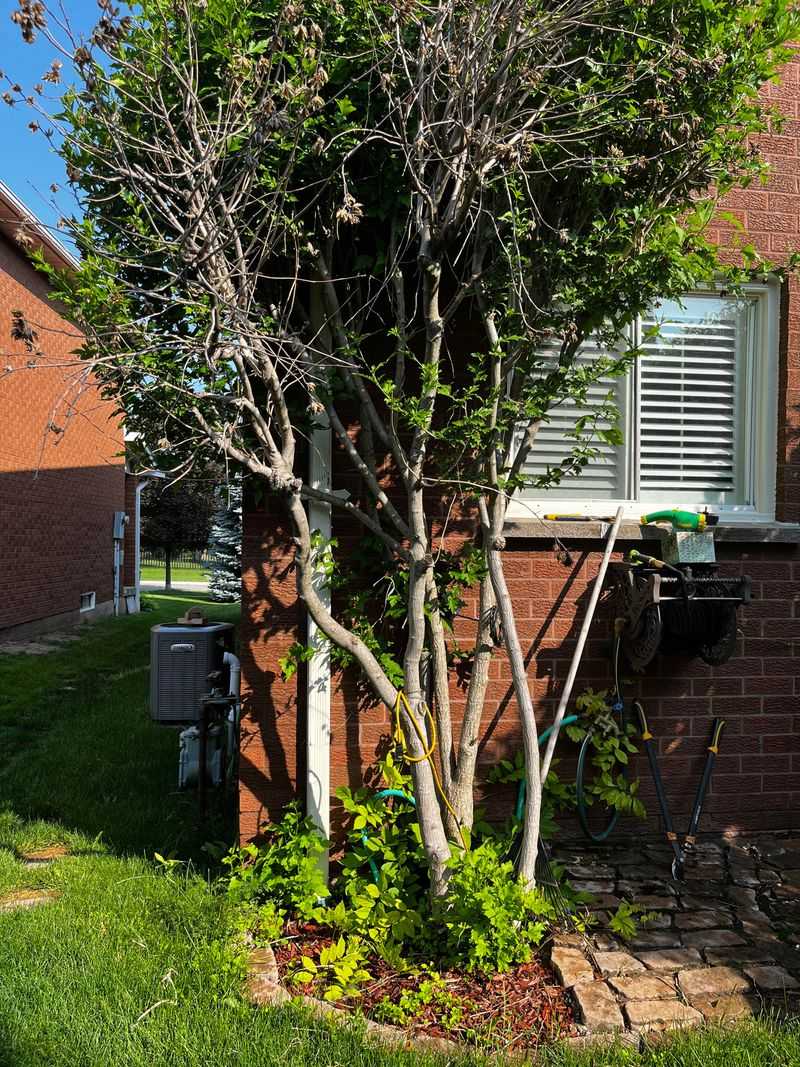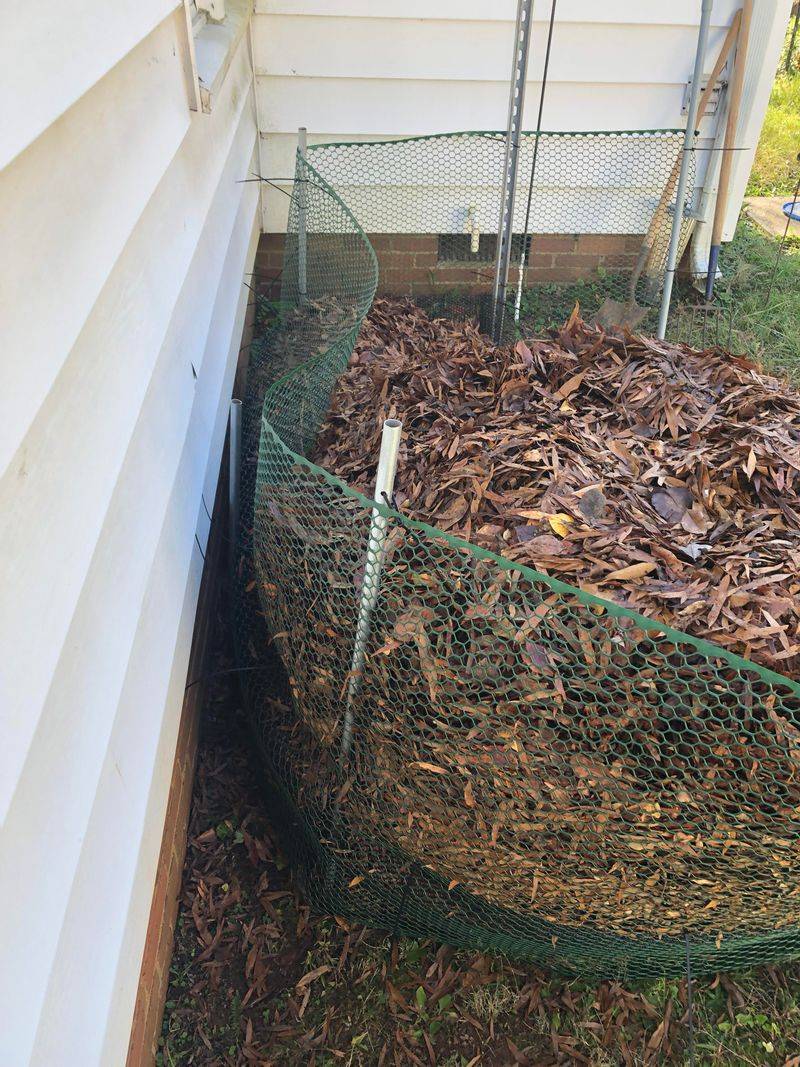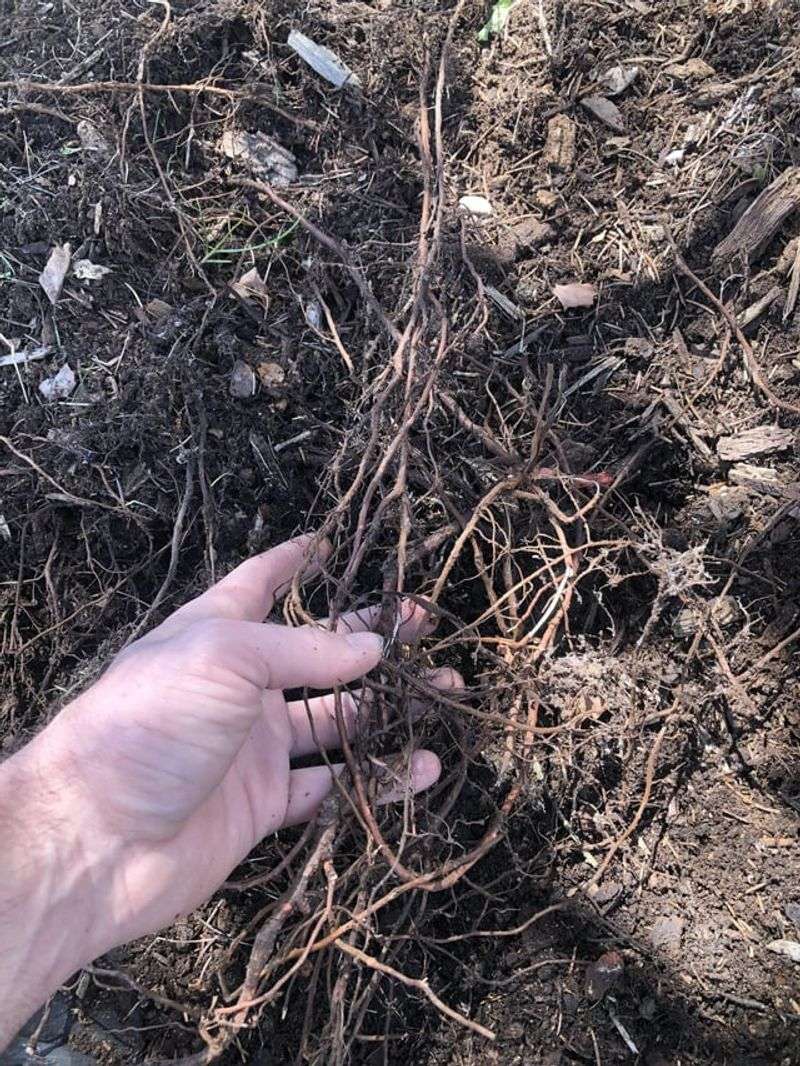Snakes sneaking into your garden can be pretty unsettling—I’ve had my share of unexpected visitors too. The surprising part? Some everyday habits might actually be inviting them in without you realizing it.
Over time, I’ve learned about common mistakes that make your yard more appealing to these slithery guests. Luckily, swapping a few things around can help keep them at bay.
Let’s uncover what might be calling snakes over and how to gently send them packing.
1. Leaving Piles of Debris Around Your Yard
Those innocent-looking leaf piles and stacks of wood create perfect snake hideouts. Snakes love these spots because they offer protection from predators and extreme temperatures while providing hunting grounds for mice and insects.
Instead of letting debris accumulate, keep your yard tidy with regular clean-up sessions. Store firewood at least 2 feet off the ground, rake leaves promptly, and remove construction materials when projects finish.
2. Maintaining Tall, Unmowed Grass
Long grass is essentially a snake superhighway. When your lawn grows above 4 inches, it creates the perfect cover for snakes to travel undetected while hunting for food. Many homeowners don’t realize their overgrown lawn is a snake magnet.
Keep your grass cut to about 2-3 inches in height. Regular mowing not only discourages snakes but also reduces tick and rodent populations that attract snakes in the first place.
3. Creating Gaps in Your Home’s Foundation
Cracks and holes in foundations might seem minor, but they’re like VIP entrances for snakes seeking shelter. Even gaps as small as 1/4 inch can allow young snakes to squeeze through and make themselves at home in your basement or crawlspace.
Regularly inspect your foundation and seal any cracks with caulk or expanding foam. Install door sweeps on exterior doors and repair damaged screens on windows and vents to keep curious serpents outside where they belong.
4. Overwatering Your Garden
Soggy gardens are snake paradise. Excessive watering creates moisture-rich environments that attract amphibians, earthworms, and other small creatures snakes love to eat. Your well-intentioned watering routine might be setting up an all-you-can-eat buffet.
Water your garden only when necessary, preferably in the morning so excess moisture evaporates during the day. Consider installing drip irrigation systems that target plant roots directly without creating standing water that attracts snake prey.
5. Feeding Birds Directly on the Ground
Ground bird feeding creates a perfect snake trap. When seeds scatter on the ground, they attract rodents and birds – prime snake food. The snakes aren’t after your birdseed; they’re hunting the creatures that are.
Use bird feeders with catch trays to minimize dropped seed. Clean up spilled seeds regularly and consider placing feeders at least 30 feet away from your home to keep both the birds and their predators at a comfortable distance.
6. Keeping Water Features Unmaintained
Neglected ponds and water features quickly become snake magnets. Overgrown vegetation around water and stagnant conditions create perfect hunting grounds for water-loving snake species like water moccasins and garter snakes.
Maintain your water features by regularly trimming surrounding vegetation and keeping water moving with pumps or fountains. Remove debris from pond surfaces and consider installing mesh fencing around larger water features to discourage unwanted reptilian swimmers.
7. Using Mulch Too Generously
Thick mulch layers create snake-friendly microclimates. While mulch benefits your plants, laying it too deep (over 3 inches) provides perfect hiding spots for snakes seeking moisture and protection from heat while hunting insects and rodents.
Apply mulch in thin layers of 2-3 inches maximum. Consider using chunky mulch like pine straw rather than fine-textured varieties, as larger pieces don’t pack down as tightly and provide fewer hiding spaces for slithering visitors.
8. Leaving Pet Food Outside Overnight
That forgotten dog bowl is secretly feeding more than just Fido. Outdoor pet food attracts rodents, which in turn attract snakes. Many homeowners never connect their pet’s feeding habits with increased snake activity.
Feed pets at regular times and remove uneaten food after 30 minutes. Store pet food in sealed containers inside your home or garage, and clean food bowls regularly to avoid leaving scent trails that might attract unwanted wildlife.
9. Growing Dense Ground Cover Plants
Those lush ground covers create perfect snake highways. Plants like ivy, pachysandra, and vinca provide excellent cover for snakes to move undetected through your yard while hunting or seeking shelter from predators and harsh weather.
Consider replacing dense ground covers with more open options like low-growing sedums or spaced ornamental grasses. If you love your ground covers, keep them trimmed and create gravel or mulch pathways through them to break up continuous coverage.
10. Ignoring Rodent Problems
Mice in your garage mean snakes aren’t far behind. Rodents are snake’s favorite meal, and ignoring even minor infestations sends dinner invitations to local serpents. Where mice go, snakes follow.
Address rodent problems promptly with traps or professional help. Seal potential entry points around your home’s foundation, keep food in sealed containers, and eliminate clutter where mice might nest to make your property less appealing to both rodents and their predators.
11. Installing Rock Walls Without Mortar
Decorative rock walls without mortar are essentially snake condominiums. The gaps between stones provide perfect temperature-controlled hiding spots and protection from predators, especially for species like copperheads that naturally inhabit rocky areas.
Fill gaps in existing walls with mortar or consider using cement when building new ones. If you prefer the natural look, locate dry-stack walls away from high-traffic areas and children’s play spaces to minimize unwanted encounters.
12. Creating Brush Piles for Wildlife
Well-intentioned wildlife brush piles quickly become snake sanctuaries. Many gardeners create these habitats to attract beneficial creatures without realizing they’re also perfect for snakes seeking shelter and hunting grounds.
Locate brush piles far from your home and outdoor living areas if you want to keep them. Consider alternative wildlife attractions like birdhouses, butterfly pudding stations, or native flowering plants that don’t create ideal snake habitat.
13. Allowing Shrubs to Touch Your Home
Shrubs that brush against your house create snake bridges. When branches touch your siding or foundation, they provide easy access routes for snakes to enter your home through tiny gaps or climb up to higher entry points like windows or roof edges.
Maintain at least a 1-foot gap between shrubs and your home’s exterior. Prune branches regularly and consider planting new shrubs further from the foundation to create a snake-resistant buffer zone around your living space.
14. Keeping Compost Piles Uncontained
Open compost heaps are snake buffets in disguise. The decomposing materials attract insects and small rodents while providing warm, moist environments where snakes can hunt and sometimes even lay eggs during breeding season.
Use enclosed compost bins with solid sides and lids instead of open piles. Turn compost regularly to discourage nesting, and position your composting area away from your home and outdoor living spaces to minimize unwanted snake encounters.
15. Using Landscape Fabric Incorrectly
Improperly secured landscape fabric creates perfect snake tunnels. When edges curl up or fabric tears, snakes can slip underneath to find cool, sheltered pathways through your garden while remaining completely hidden from view.
Secure fabric edges firmly with landscape pins or heavy rocks. Replace torn sections promptly, and consider alternative weed control methods like cardboard mulching or hand-weeding for smaller areas where fabric maintenance might be difficult.

